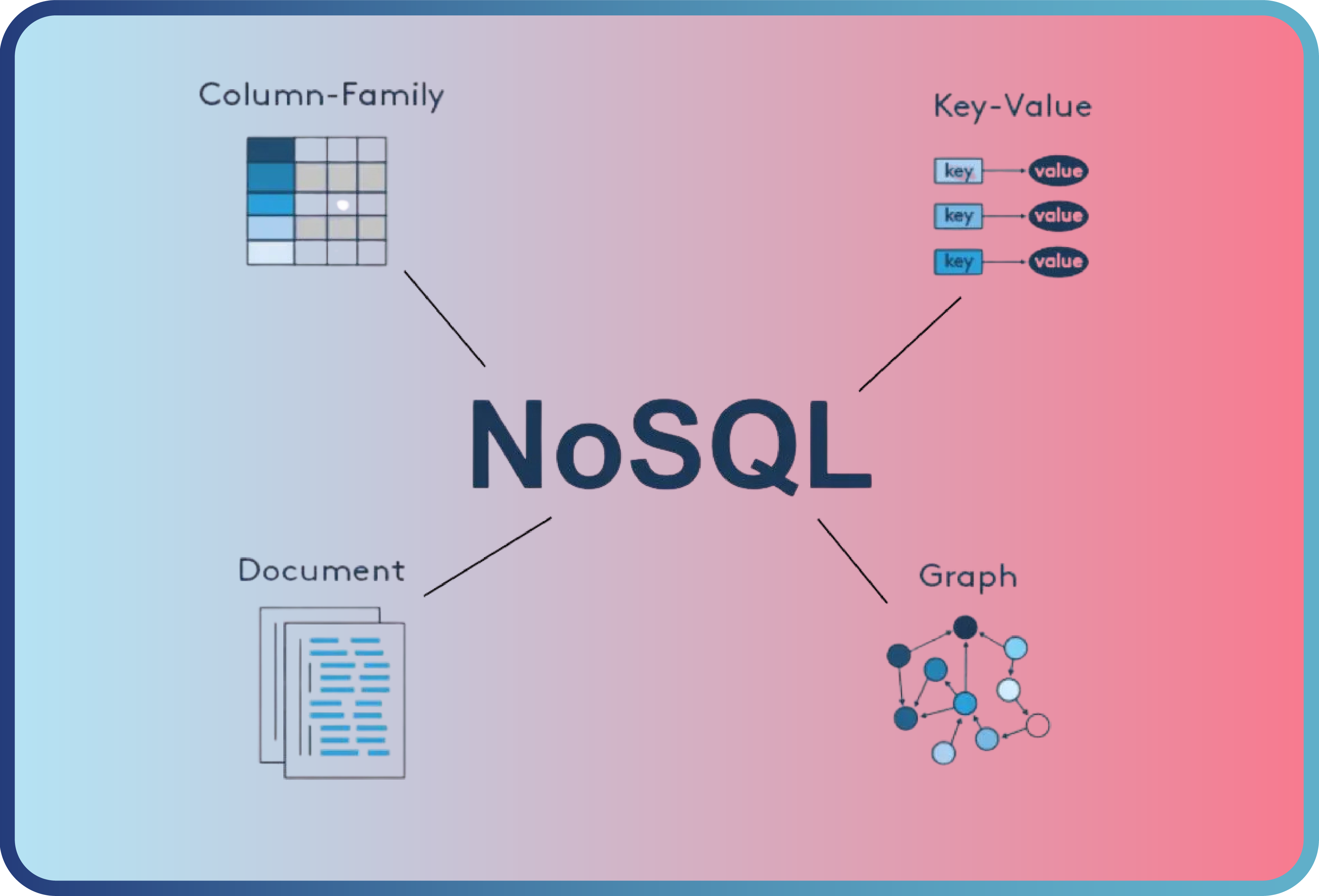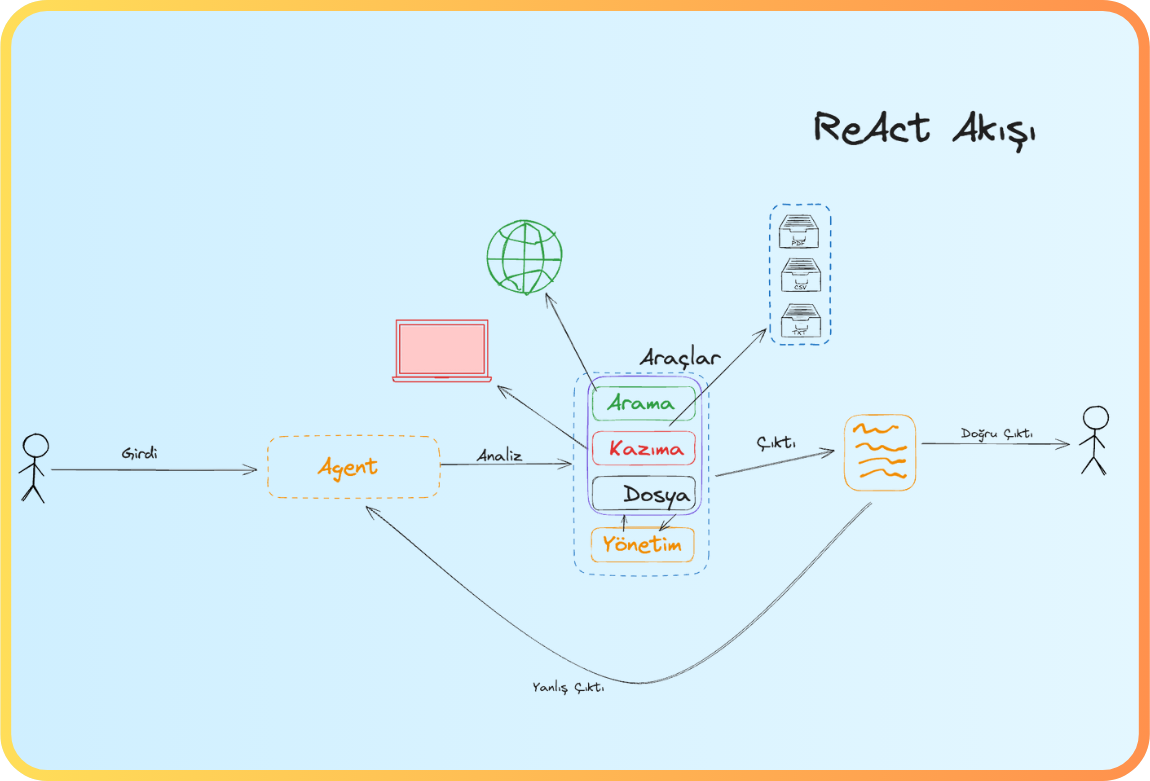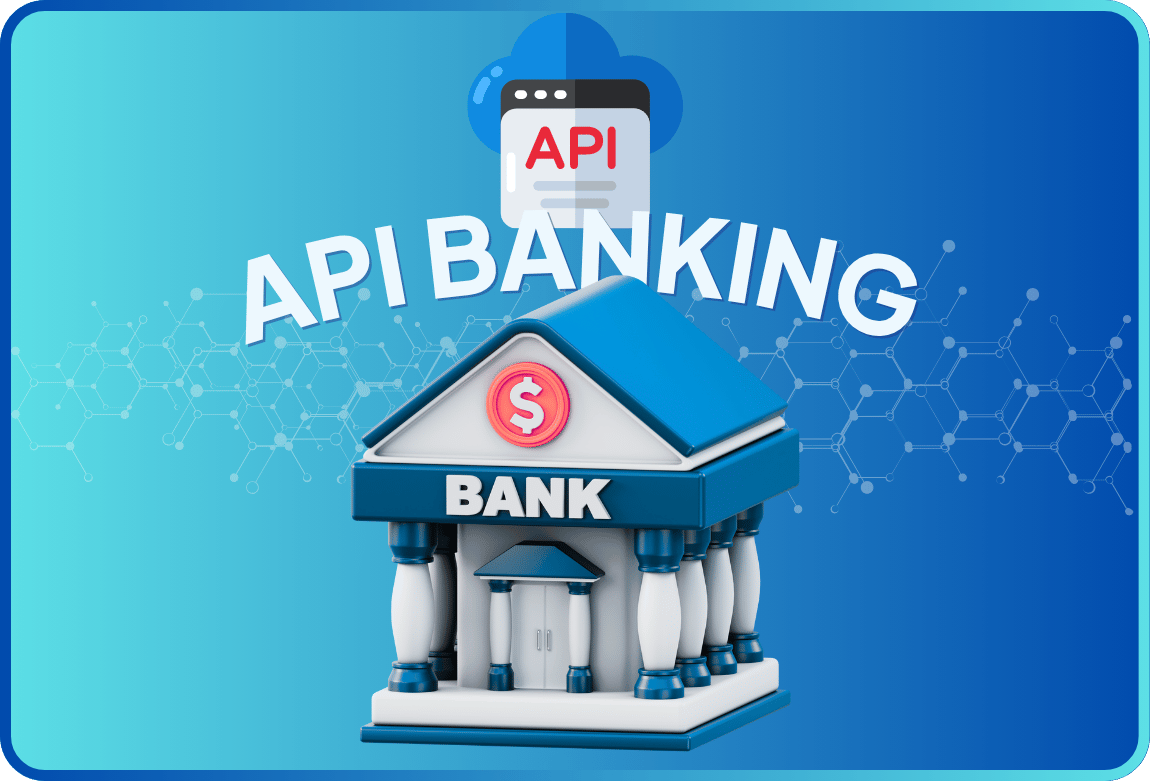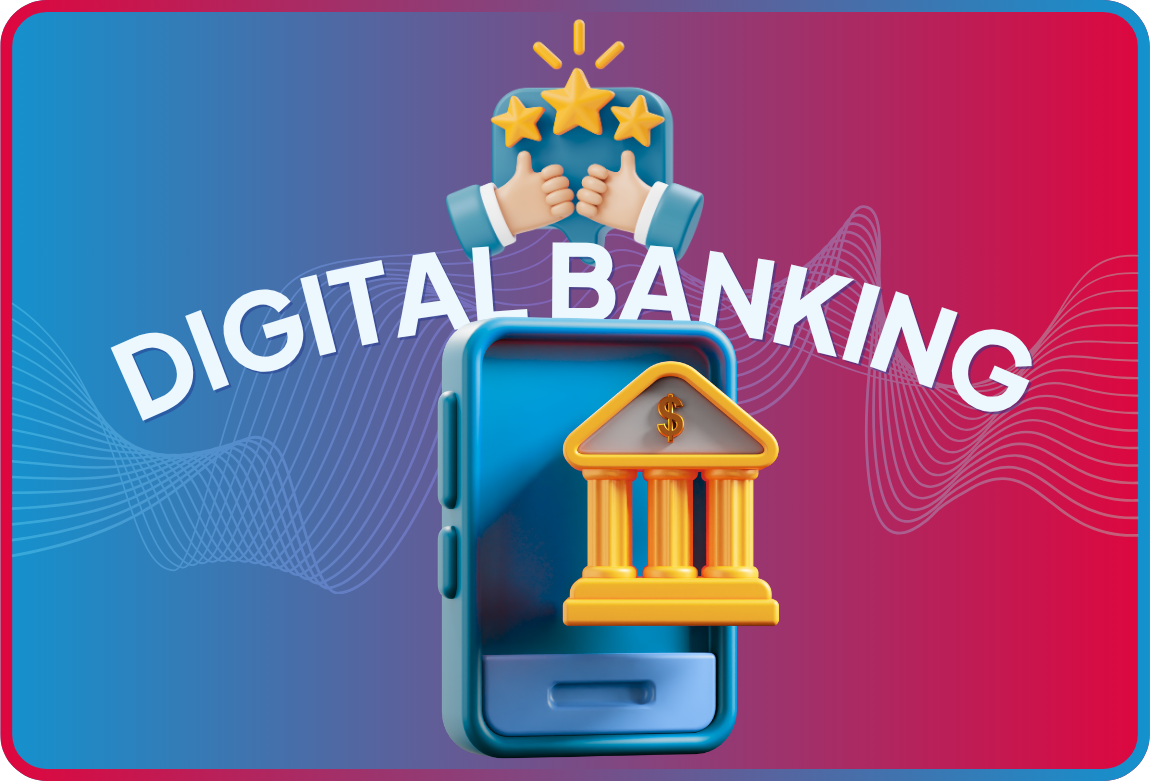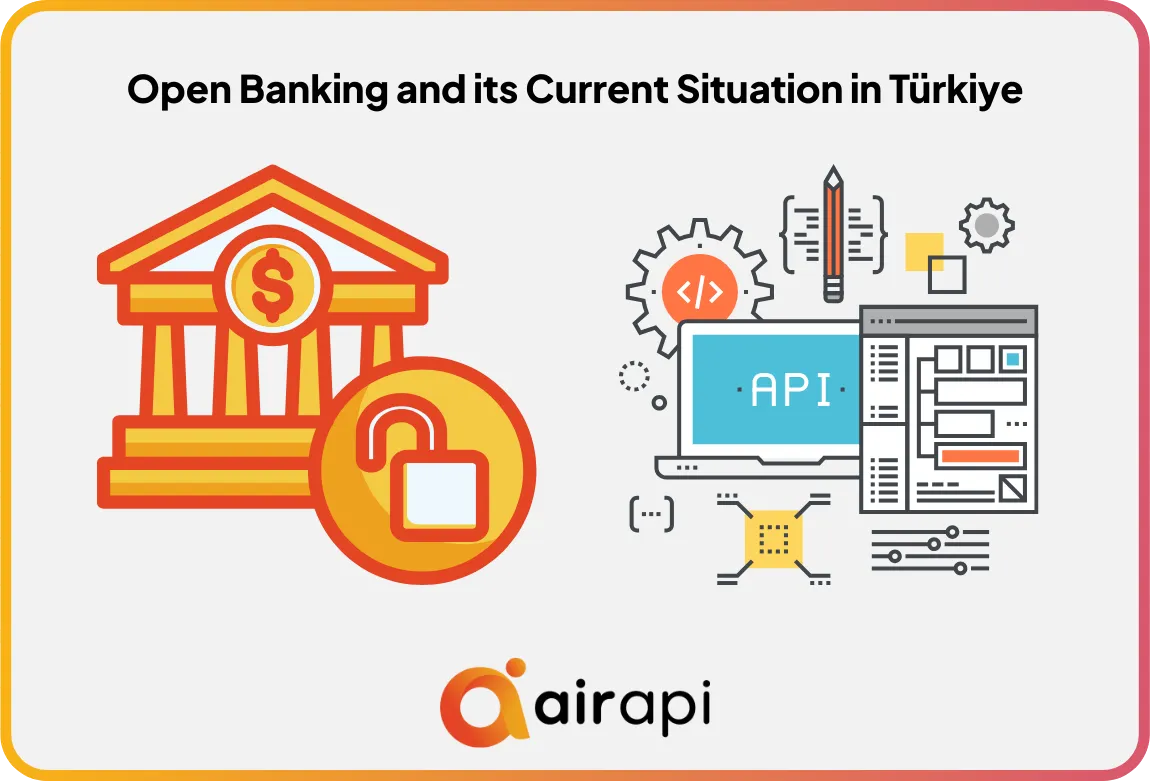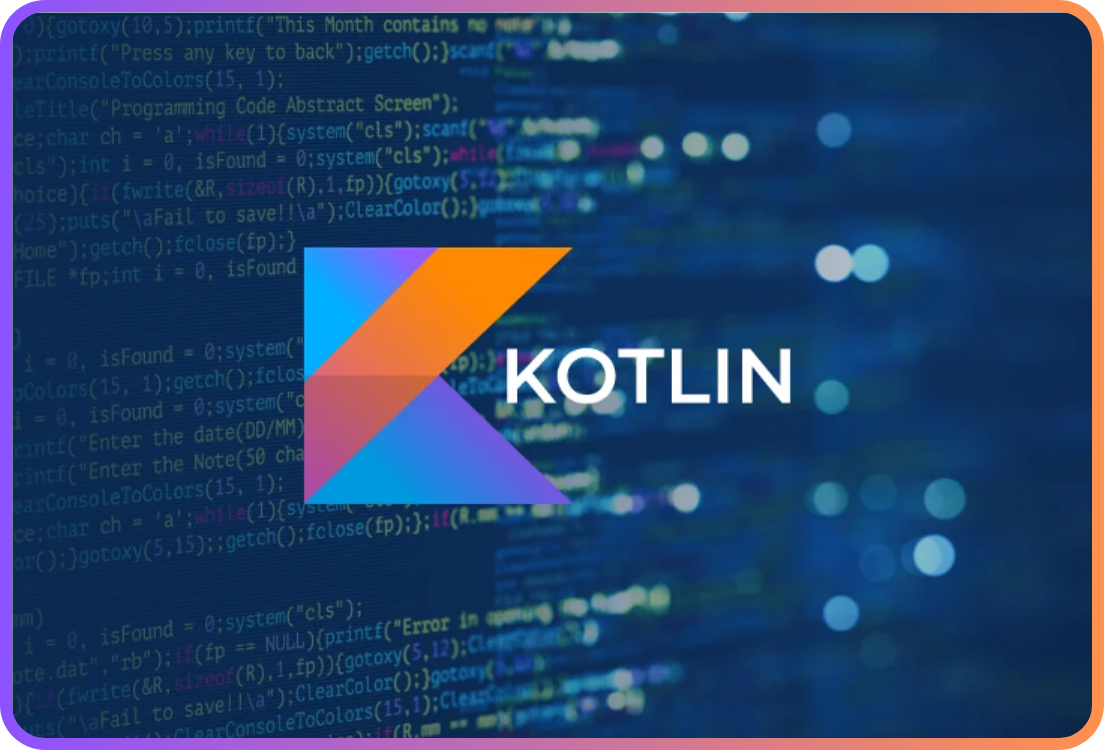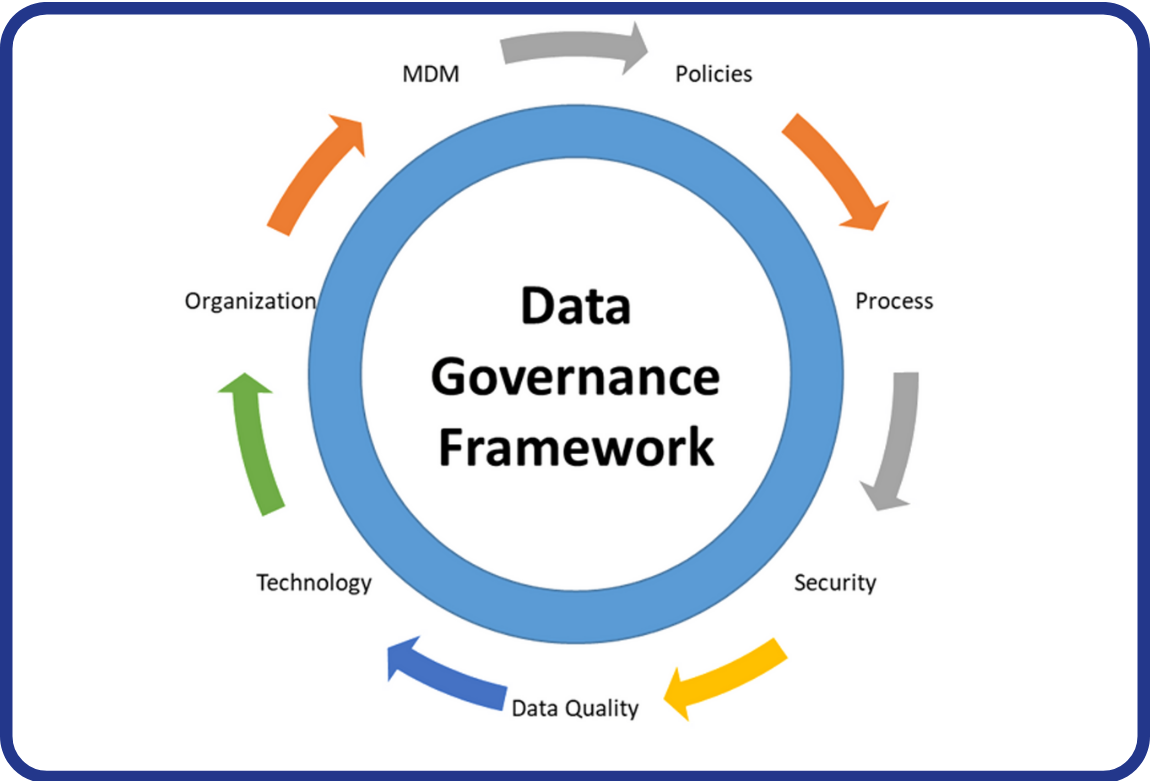
What is Embedded Finance and How is it Changing the Shopping Experience?
When you encounter a “Buy Now, Pay Later” (BNPL) option while shopping on an e-commerce site today, or see an instant financial offer at the payment step when purchasing an electronic device, you are actually experiencing embedded finance.
In its simplest definition, embedded finance is the direct integration of banking and payment services into non-financial platforms. In other words, without going to a bank branch, you can access payment convenience directly through the application or website you are using and complete the transaction in a single step.
To better understand embedded finance, let’s consider a scenario: A user wants to purchase a product from an online shopping site. Normally, this person would be redirected to another bank’s internet branch on the payment screen, apply for a loan, wait for approval, and then return to complete the payment. Thanks to embedded finance, however, all these steps now happen within seconds, without the user ever leaving the platform. In short, the shopping flow is not interrupted, and the banking process is seamlessly “embedded” into the customer’s life.
This model is not limited to loans or financing. From digital wallets to insurance, investment products to installment payment options, many different banking services can be integrated into the shopping experience. For users, this means a “faster, easier, and safer” experience, while for companies, it results in greater customer loyalty and higher conversion rates.

Why Has It Become So Popular?
The rise of embedded finance is the natural result of the demand for speed and convenience. Users now want to complete their transactions without navigating through dozens of screens or switching between different applications. Making payments, applying for credit, or viewing suitable financial offers—all of these should happen on a single platform, in a single flow.
With digitalization penetrating every aspect of our lives, this expectation has only strengthened. E-commerce sites, mobile applications, and digital service providers have begun integrating financial solutions directly into their systems to enhance user experience. Banks and fintech companies, through these collaborations, now reach their customers not only through their own channels but also through the platforms people use in daily life.
Moreover, embedded finance provides not only speed and convenience but also security. Users feel more comfortable transacting within a familiar platform. At the same time, this model is spreading quickly thanks to personalized offers and accessibility for people who are not already bank customers.
How Does It Work?
From a technical perspective, embedded finance is realized through API (Application Programming Interface) integrations and open banking infrastructure. When a user chooses a financing option while shopping on a platform, the bank’s systems are triggered in the background. Credit checks, offer generation, approval, and payment planning all take place sequentially behind the scenes, completing the transaction within seconds.
Thus, the user experience runs seamlessly, and the transaction time is minimized. For banks, this invisible yet powerful technology also creates a secure and efficient business model.

The Embedded Finance Experience with Shopping Finance at Kuveyt Türk
As Architecht, within the projects we carry out for individual financing products, we play a pioneering role in implementing embedded finance applications in line with participation banking principles. Through our collaborations with companies such as Trendyol, LC Waikiki, Hepsiburada, Tosla, and Taksitlio, we enable users shopping on these platforms to instantly access financing options based on their creditworthiness.
When the customer chooses the financing option while completing their purchase, they are directed to Kuveyt Türk Mobile Branch. The approval process takes only a few seconds, and the shopping experience is completed seamlessly. More importantly, in some integrations, we also include the customer acquisition process for those who are not yet Kuveyt Türk customers within the same flow. In this way, both new customer onboarding and financing experience become possible in a single step.
Recently, thanks to the invoiced flow integration carried out with Taksitlio, both Kuveyt Türk customers and non-customers can instantly learn their financing limits and use financing during face-to-face shopping at partner retailers.
It should be emphasized: Shopping finance is available only for products that comply with participation banking principles. For example, due to participation banking rules, financing is not provided for items such as precious metals, food, or gift vouchers.
Technical Infrastructure and Security Mechanisms
For embedded finance solutions to operate securely and seamlessly, a strong technical infrastructure is essential. Architecht’s open banking product Airapi plays a key role here. This product simplifies integration processes while ensuring the highest level of security.
1. Application Creation: To test in a sandbox environment, a company creates a dedicated application on the API Market of Airapi. At this stage, a public-private key pair is generated, and the public key information is uploaded into the system. ClientId and clientSecret values are also shared with the company through the Market.
2. Token Retrieval: Without any IP restrictions in the sandbox, a token valid for one hour is obtained via the Airapi Identity Server using the provided information. This token defines the company’s authorization and authentication structure.
3. Signature Verification: To confirm that the request has not been tampered with until it reaches the gateway, a signature check is performed. Before sending the request, the company encrypts the request body, token, and certificate’s private key using the SHA-256 algorithm, preserving data integrity. On Kuveyt Türk’s side, verification ensures the request arrived in its original form. If a mismatch occurs, the process fails and is terminated.
4. GoLive Process and Authorization: For companies wishing to use APIs in the live environment, a GoLive process is carried out. Approval is obtained from authorized users via mobile or internet banking channels. Following regulatory and open banking checks, live configurations are made. This ensures that the company can access only the APIs for which it has been authorized.
5. IP Restrictions: For added security, the IP addresses to be used by the company for API calls are whitelisted. Only requests from pre-registered IPs are allowed through the firewall.
Technologies Used and System Architecture
The shopping finance system operating as embedded finance is a modern enterprise banking application developed using .NET Standard 2.0 and C# 7.3 technologies. It is designed with a Layered Architecture approach, consisting of three main layers: BOA.Process (Orchestration), BOA.Business (Business Logic), and BOA.Types (Data Types).
In process management, the system adopts a transaction management approach compliant with ACID principles (Atomicity, Consistency, Isolation, Durability). Data integrity is ensured through BeginTransaction, CommitTransaction, and Rollback mechanisms, while context management is handled with the ObjectHelper pattern. Shopping cart lifecycles are monitored via TimeToLive checks, while invoice approval processes (GibApproval, FirstApproval, SecondApproval) are automated with workflow state management. Additionally, a notification system shares shopping status updates with the company, while customer notifications and guidance via SMS are delivered in real-time; in case of failures, retry mechanisms enhance system reliability.
For performance and security, the BOA.Common.Logger logging framework makes all transactions traceable and auditable. System flexibility is increased with a parameter-driven configuration approach, while data validation is secured through validation layers. Risk assessments are automated via KKB integration, and customer prioritization processes via UHA integration, ensuring compliance with open banking standards.
Furthermore, development processes are supported with test environment capabilities, and a multi-company architecture allows different e-commerce platforms (e.g., Trendyol, LC Waikiki, Hepsiburada) to operate on the same infrastructure.
For more information about the technologies and architectural structure, you can explore our BOA Banking and Technology Platform.
Future Perspective: AI-Powered Embedded Finance in Shopping
Artificial intelligence is emerging as one of the most critical elements shaping the future of embedded finance. Today, these solutions provide only payment convenience and speed, but with AI, they will become much smarter, more proactive, and highly personalized.

• Personalized Instant Offers:
AI can analyze the user’s shopping cart, past spending, and payment habits to create product-specific financing offers.
• Preventive Financial Assistant:
By predicting the user’s future cash flow, AI can suggest “mini financing” or “flexible payment plans” before purchase.
• Habit-Based Payments:
Learning users’ payment behaviors, AI can automatically schedule the most suitable payment date and method.
• Voice and Image Recognition for Financing:
The user can simply say, “Buy this product in 6 installments,” and the system will complete identity verification and provide a financing offer within seconds.
• Proactive Security Control:
AI can detect unusual transactions and trigger additional verification on the payment screen.
• Emotion-Analyzed Offers:
By analyzing the user’s shopping behavior and sentiment in communications, AI can deliver personalized financial offers.
• Life-Event-Oriented Financing:
AI can anticipate major life events (marriage, having children, home purchase, education, etc.) and present related financing products at the right time.
All these advancements will transform embedded finance from being merely a “payment solution” into a smart financial companion that simplifies users’ lives.
Conclusion
Embedded finance is an effective way for businesses to increase customer loyalty, create additional revenue models, and access valuable data insights. For consumers, above all, it means speed, convenience, and personalized financial offers. In short, it creates a win-win situation for both sides.
By making banking services invisible and integrating them into daily life, embedded finance provides significant advantages when implemented correctly. At Architecht, we are excited to be part of this transformation and continue working to offer Kuveyt Türk customers faster, easier, and more secure financial experiences.
Discover Architecht’s BOA Banking and Technology Platform and Airapi Open Banking and API Management Platform to deliver seamless embedded finance solutions that add value to your customers.
References
• Embedded Finance vs. Banking as a Service: What’s the Difference?
https://www.blochq.io/blog/embedded-finance-vs-banking-as-a-service-whats-the-difference
• World Economic Forum – Embedded Finance Market Outlook (2025)
https://www.weforum.org/stories/2025/04/embedded-finance-disruptive-force-financial-institutions
• McKinsey – Embedded Finance: The Choices and Trade-Offs for US Banks (2024)
https://www.mckinsey.com/industries/financial-services/our-insights/embedded-finance-the-choices-and-trade-offs-for-us-banks
• Token İstanbul – Things You Need to Know About the Embedded Finance Trend
https://www.tokeninc.com/blog/gomulu-finans-trendi-ile-ilgili-bilmeniz-gerekenler


 Back
Back

